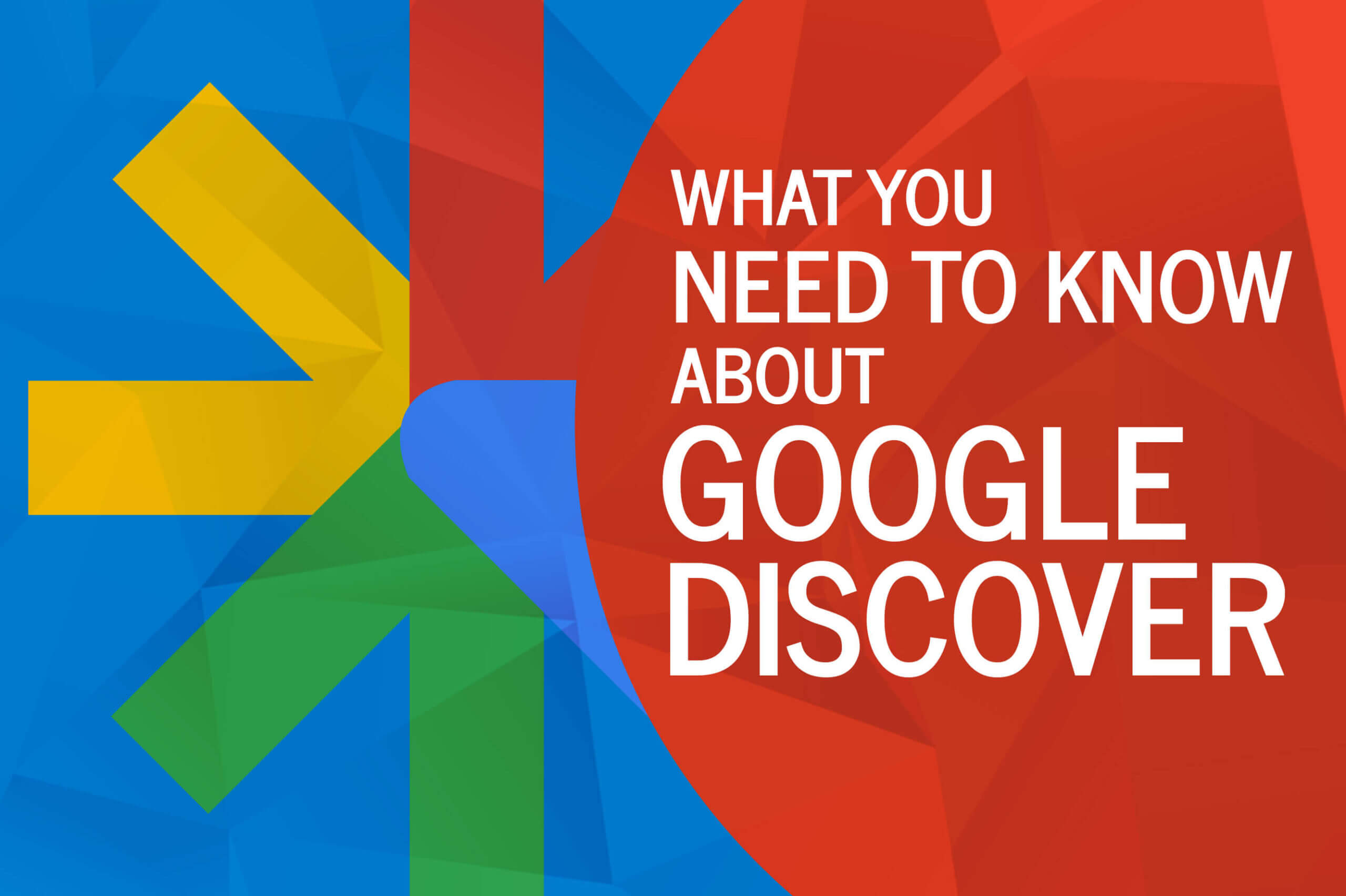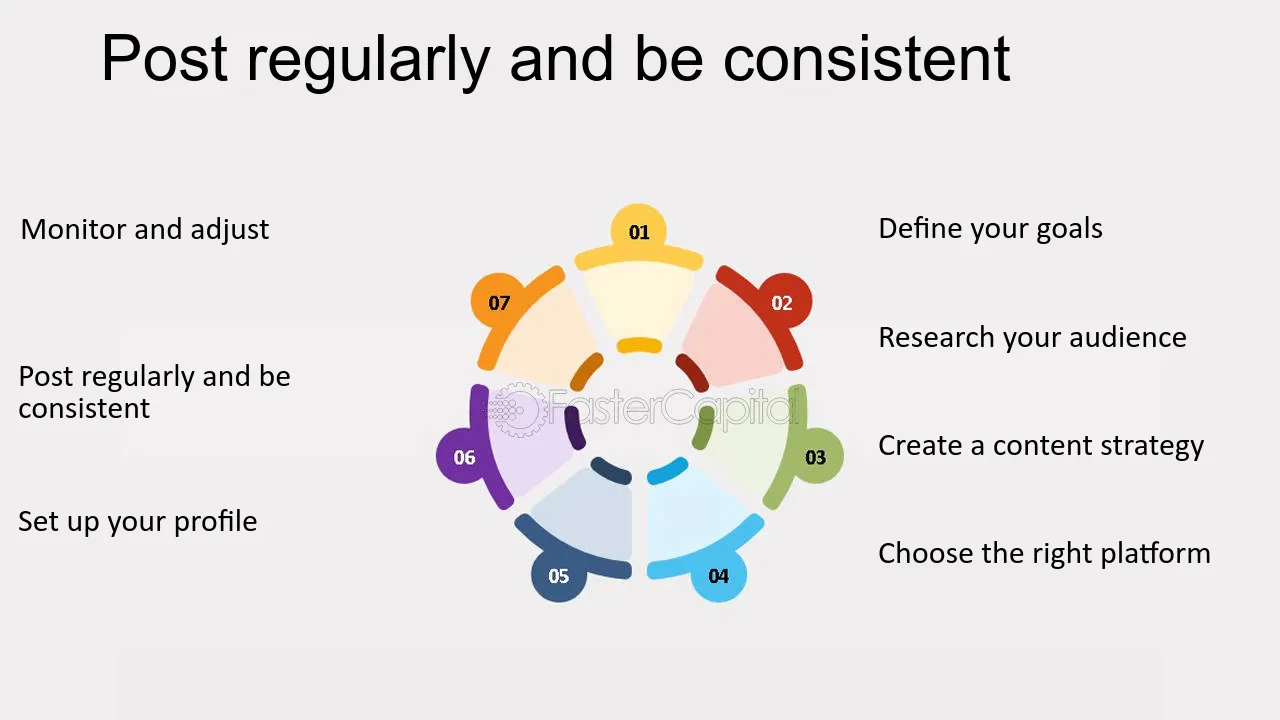Your Guide to Google Discover: How to Optimize and Get Your Content Featured
How to Optimize and Get Your Content Featured – Unlocking the Power of Google Discover: Why It Matters for Your Content Strategy
In the ever-evolving world of SEO and content marketing, staying ahead means more than just ranking high on search results — it means reaching your audience before they even begin searching. That’s exactly where Google Discover becomes a game-changer.
How to Optimize and Get Your Content Featured – Unlocking the Power of Google Discover: Why It Matters for Your Content Strategy is more than just a trending topic — it represents a bold shift in how we think about organic visibility and audience engagement, especially in today’s mobile-first digital landscape.
Google Discover is a personalized content feed that appears directly on mobile devices via the Google app and Chrome browser. It delivers curated articles, videos, and updates based on each user’s interests, past search behavior, and interaction history — all without requiring a single search query.
Despite its enormous potential, Google Discover remains an underutilized tool for many content creators and digital marketers. Those who understand how to optimize for it are seeing increased visibility, higher click-through rates, and better engagement — especially among mobile users actively consuming personalized content.
This proactive content discovery model makes Google Discover a powerful tool for reaching new audiences early, capturing attention without relying solely on search intent. It offers a unique opportunity to boost brand awareness and organic reach by simply aligning your content with users’ natural interests.
If you want to stay ahead of the curve and ensure your content is not just published but discovered, this guide will show you how to optimize and get your content featured on Google Discover — effectively and strategically.
Despite its growing reach and strong potential, Google Discover remains an underutilized platform by many marketers and content creators. Yet those who understand and embrace it are seeing significant benefits — from boosted brand exposure to increased click-through rates and more meaningful engagement with mobile audiences.
Unlike traditional search engines that rely on users actively typing in a query, Google Discover surfaces content automatically. It presents relevant and engaging material to users before they even know they’re looking for it. This proactive approach makes Discover a powerful tool for capturing early attention, building brand awareness, and creating trust at the very beginning of the customer journey.
Still, many businesses miss out on this opportunity simply because they don’t understand how to optimize for it. But if you’re serious about expanding your reach and driving long-term SEO success, it’s time to take notice.
In this guide, you’ll learn exactly how to optimize your content for Google Discover, including:
-
Crafting engaging, curiosity-driven headlines
-
Using high-quality, relevant images to attract attention
-
Building credibility with strong E-E-A-T signals (Experience, Expertise, Authoritativeness, Trustworthiness)
-
Meeting technical requirements for fast, mobile-optimized pages
-
Publishing content formats that naturally perform well in Discover feeds
If you’re ready to grow your brand and reach your audience before they even search, then Unlocking the Power of Google Discover: Why It Matters for Your Content Strategy is the key to your next breakthrough in content visibility.
You’ll learn how to:
-
✅ Craft headlines that encourage clicks without misleading
-
✅ Choose visuals that meet Discover’s quality standards
-
✅ Improve your E-E-A-T signals (Experience, Expertise, Authoritativeness, Trustworthiness)
-
✅ Apply technical SEO tactics to enhance discoverability
-
✅ Create content formats that naturally perform well on Discover feeds
If you want to maximize your reach, boost mobile visibility, and connect with your audience before they even start searching, then Unlocking the Power of Google Discover: Why It Matters for Your Content Strategy is a must-read guide.
-
How to craft compelling headlines that grab attention
-
Why high-quality visuals are essential
-
How to follow E-E-A-T best practices to build trust and authority
-
Tips to improve mobile experience and click-through potential
By the end, you’ll understand how to leverage Google Discover to increase brand exposure, attract qualified mobile traffic, and build a content strategy that works even beyond traditional search.
By the end of this post, you’ll know how to:
-
Improve your organic visibility
-
Attract more mobile traffic
-
Make your content Google Discover-worthy
In short, if you want to stay ahead in SEO, understanding and optimizing for Google Discover is no longer optional — it’s essential.
What Is Google Discover?
Google Discover is a special feature from Google that helps people find new and interesting content—without even having to search for it.
It shows personalized content right on the home screens of mobile devices, especially in the Google app and the Chrome browser. This means users can see articles, news, videos, and more that match their interests—without typing anything at all.
For example, if someone often searches for recipes, tech news, or Malayalam movies, Google Discover will automatically show them similar content they might like. It learns from the person’s browsing history, app activity, and the topics they care about.
Here’s what makes Google Discover special:
-
It delivers content directly to mobile home screens
-
It works inside the Google app and the Chrome browser on mobile
-
It’s based on what the user likes—not on what they search for
-
It shows articles, blogs, videos, and more from different websites
-
It’s always updating with fresh, relevant content
Unlike regular Google Search, which shows results based on keywords you type, Google Discover suggests content automatically based on your interests, habits, and online behavior.
In simple words, Google Discover is like a smart content feed that helps people discover new things they love—before they even know they’re looking for it.
Why Should You Care About Google Discover?
If you have a website, blog, or online business, Google Discover can be a powerful way to get more visitors—without spending money on ads.
When your content shows up in Google Discover, it appears right on people’s mobile home screens through the Google app or Chrome browser. That means more people can see and click on your content—even if they didn’t search for it!
Here’s why it’s important:
-
Brings more traffic to your website
Many people use Google Discover every day. If your article or page shows up there, a lot of people can visit your site in a short time. -
Increases your brand visibility
Your name, logo, or website can become more familiar to users as they see it often in their Discover feed. -
Boosts click-through rates (CTR)
Since the content is shown based on what users already like, they are more likely to click and engage with it. -
No need to pay for ads
Unlike paid advertising, Google Discover can send you free traffic if your content is high quality and relevant.
In simple words, showing up on Google Discover can help grow your online reach, attract new visitors, and build trust with mobile users—all without paying for promotion.
How to Optimize for Google Discover
Create High-Quality, Evergreen Content
If you want your content to show up in Google Discover, it needs to be useful, interesting, and long-lasting. This is what we call high-quality, evergreen content.
Evergreen content means content that stays useful over time. It’s not just about news that becomes old in a few days—it’s about topics that people will continue to search for and enjoy, even after weeks or months.
For example:
-
“How to start a small business in Kerala”
-
“Best tourist places to visit in Wayanad”
-
“Easy Malayalam recipes for beginners”
These are all topics that people search for again and again. If your content is helpful and easy to understand, it has a better chance of showing up in Google Discover.
Here’s what you should do:
-
Write content that gives real value to your readers
-
Make it interesting and easy to read
-
Focus on topics people care about in your niche
-
Keep your content updated and accurate
-
Use images, good headlines, and simple formatting to make it look great on mobile
💡 Tip: Write about trending topics (things that are popular now) or evergreen topics (things that stay useful over time). Add your unique point of view or local touch to stand out from others.
In simple words, to be featured on Google Discover, your content should match what your audience wants, keep them engaged, and be something they’ll want to click on and share.
2.Use Eye-Catching, High-Quality Images
When it comes to Google Discover, images matter a lot. People are more likely to stop scrolling and click on your content if it has a bright, clear, and interesting image. That’s why it’s important to use high-quality visuals in your blog posts or web pages.
Google Discover shows content with big, bold pictures. If your post has a nice-looking image, it can stand out more and get more clicks.
Here’s what you should keep in mind:
-
Always use real, relevant images that match your content
-
Avoid blurry, low-quality, or random stock photos that don’t make sense
-
Try using your own photos or high-quality images that truly fit your topic
🖼️ Pro Tip: Use images that are at least 1200 pixels wide. This makes them look better on mobile screens.
⚙️ Optimization Tip: Make sure you add a setting called **max-image-preview:large** on your website. This tells Google it’s okay to show your images in large size on Discover.
✔️ Why it helps:
-
Your content looks better in the feed
-
People are more likely to click on it
-
You improve your chances of getting featured by Google Discover
In simple words, using the right images helps your content get noticed, clicked, and shared—which is exactly what you want!
3. Focus on E-A-T (Expertise, Authoritativeness, Trustworthiness)
Establish credibility by including author bios, citing trustworthy sources, and demonstrating topic expertise. Google values E-A-T for Discover just like in search rankings.
4. Optimize for Mobile Experience
Since Google Discover is mobile-first, ensure your site is mobile-friendly, fast, and responsive. Use tools like Google’s Mobile-Friendly Test to evaluate your performance.
5. Publish Regularly and Consistently
Consistency signals freshness and reliability. Publish relevant articles frequently to stay on Google’s radar.
Bonus Tips for Discover Optimization
- Avoid clickbait headlines—Google penalizes deceptive titles.
- Use structured data (like Article schema) to enhance understanding.
- Promote user engagement: time on page, shares, and comments all help.
Conclusion
Optimizing for Google Discover is no longer optional if you want to expand your content’s reach in 2025. “Creating high-quality content with strong visual elements and a mobile-friendly design can greatly improve your chances of being featured on Google Discover.”
“Enhancing your content’s quality, visual impact, and mobile usability increases its likelihood of appearing in Google Discover.”
“Boost your visibility on Google Discover by creating captivating content, using eye-catching visuals, and ensuring a seamless mobile experience.”
“To enhance visibility on Google Discover, create engaging content paired with strong visuals and mobile-friendly design.”
“Stand out on Google Discover by delivering high-impact content, visually appealing imagery, and optimized mobile usability.”
Start with small steps today, and watch your organic traffic grow.
Would you like this blog converted into a downloadable format (PDF, Word), or want help designing a visual version for your website or social media?
